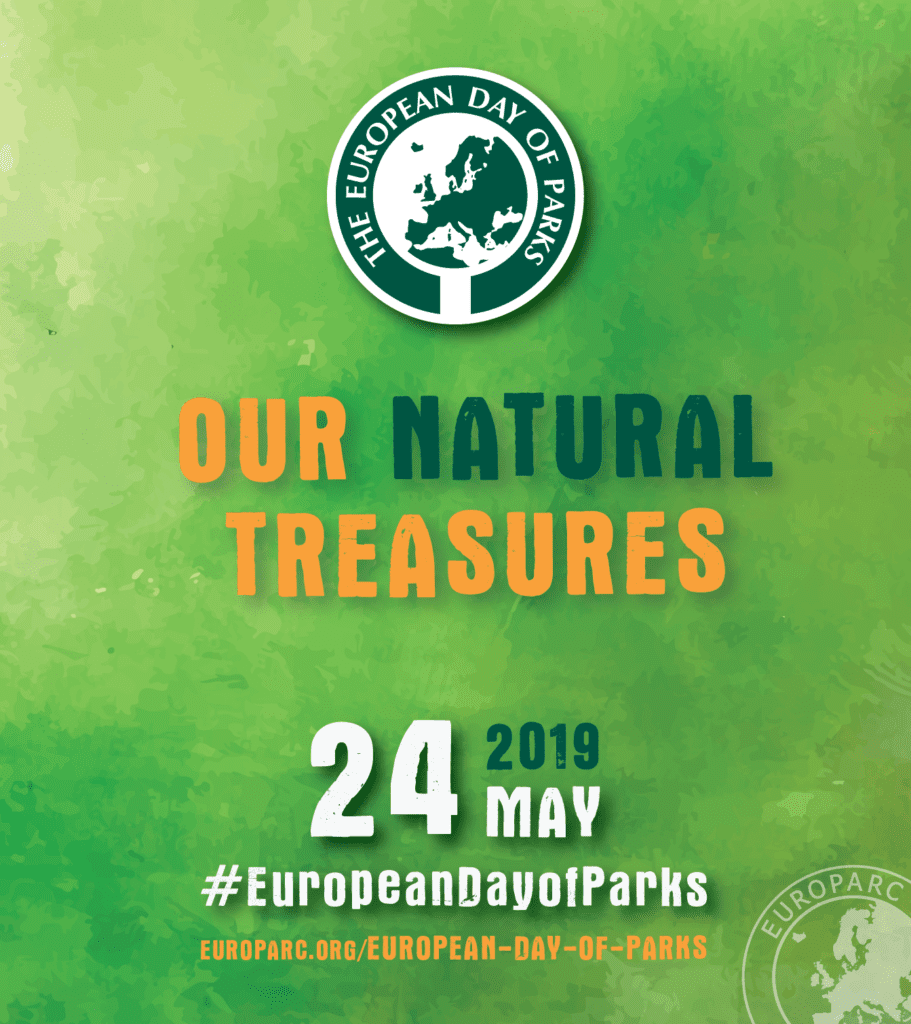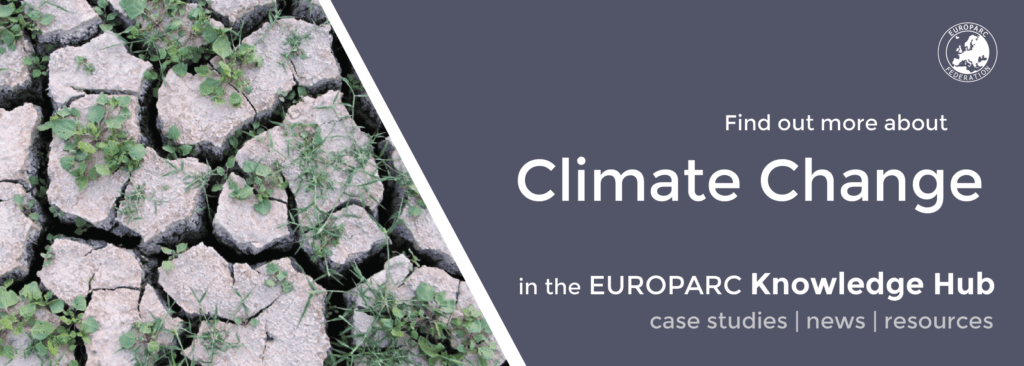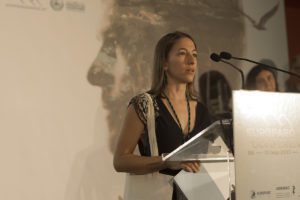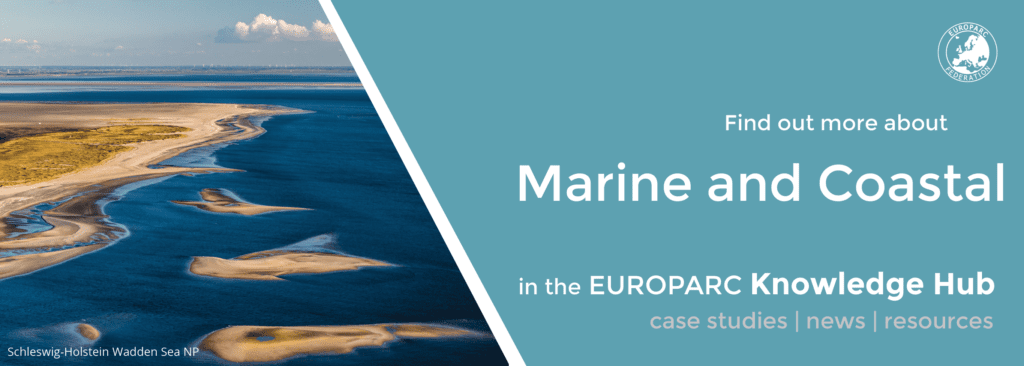The management of Protected Areas must adapt to climate change! – The NaturAdapt Project
pixabay
The management of natural areas must now be adapted to the challenges of climate change in Europe. Réserves Naturelles de France, EUROPARC and eight other partners have come together in the LIFE Climate project to transform this challenge into an opportunity: an opportunity to innovate and trigger a transition towards the adaptive management of protected areas, based on a dynamic collective learning process.
Climate change is already impacting our natural heritage…
Everywhere in Europe, we are seeing the effects of climate change to varying degrees: species found at higher altitudes and latitudes, forest dieback following periods of drought, coastal erosion due to rising sea levels, etc. Whether direct (e.g. early onset of certain phenological stages owing to warming), or indirect through change in human activities (e.g. increased pressure on water resources owing to the greater use of snow canons in mid-mountain areas), these effects are often speeding up the loss of biodiversity at an alarming rate.
… Climate change is still not sufficiently taken into account in protected areas
Despite the existence and acknowledgement of these signs, several recent investigations in France (RNF, FCEN 2015; IUCN 2015) and in Europe (Bonn et al., 2014) show that the management of protected areas currently only incorporates climate change and its social, economic, environmental and health consequences to a very limited extent. Only 15% to 18% of those surveyed are sensitive to this issue.
There are numerous reasons for this:
- For managers, it is not an immediate priority compared with other pressures they are faced with (e.g. change in land use, invasive alien species, etc.);
- Managers feel ill-equipped to deal with it (lack of knowledge and resources);
- Existing methods and feedback are not always accessible (language barriers, heavy investment in time required to adopt them, etc.);
Adapting is a necessity but also an opportunity
We must, therefore, identify the vulnerability of protected areas to climate change and its impacts, and consequently adapt methods for their management, planning and governance. Some experiments have already been conducted in this respect in Mexico and in the US.
Réserves Naturelles de France, EUORPARC and eight other partners have decided to take up the challenge by taking joint action, leading to the creation of the NaturAdapt project: “Adapting the management of nature to the challenges of climate change in Europe: the foundations of a dynamic collective learning process”. Starting with managers’ existing resources and needs, a prototype adaptive management method will be tested by six French nature reserves as pilot areas. A second phase will see the experiment extended to 15 sites.
This approach is considered an opportunity to innovate, develop a participatory approach and position protected areas at the heart of the ecological transition and adaptation of regions to climate change.
In practical terms, what is NaturAdapt?
This is an ambitious project: we want to trigger a paradigm shift to move from planned management to adaptive management. After 10 years, we want to have committed 80% of nature reserve managers to adopting an adaptive approach to management, planning and governance.
To do this, we want:
- To make knowledge and know-how on adapting the management of natural areas accessible;
- To develop methods and services tested by experiments to help managers produce a vulnerability diagnosis and put in place an adaptation plan;
- To create and develop a community of experts and practitioners working on this issue;
- To create innovative mechanisms to disseminate and transfer the results of the project in other contexts, in France and in Europe;
- To raise awareness of the public in the regions of protected areas about the direct and indirect effects of climate change.
And at the European level?
The tools and methods developed by the project will initially be tested in France. At the same time, European protected areas will be integrated in all stages of the project through a series of actions undertaken by EUROPARC:
- a survey of the current initiatives and needs of managers of natural areas in Europe;
- the creation of a “climate change” commission within EUROPARC;
- the provision of a tool box and webinars on the issue;
- the drawing up of a White Paper for European and national policy makers.
The NaturAdapt project in figures:
- 5 years (2018-2023)
- €4.2 M, of which €2.5M from the European Commission via the LIFE Climate programme, €500,000 from the French Ministry for Ecological and Inclusive Transition, and €500,000 from the French Agency for Biodiversity.
- 10 partners
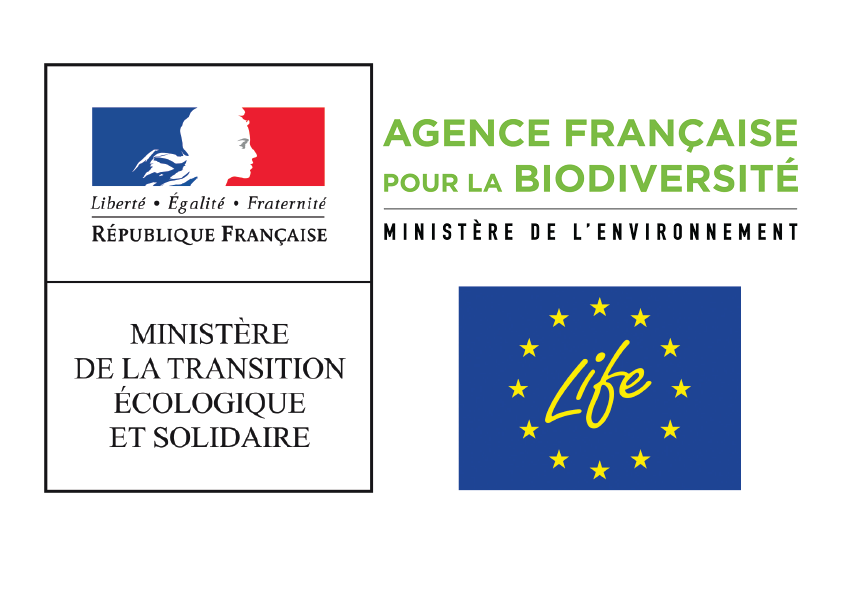
Are you interested in this topic?
Let us know if you have any experience or questions on the adaptive management of protected areas. We’d be delighted to talk about it!
For more about the project, please visit: www.europarc.org/naturadapt
You found this topic interesting? To find more articles like this one, download the new edition of the EUROPARC Journal Protected Areas In-Sight with a special focus on youth involvement Parks – available in english, german and french!
Wetland Conservation and Governance – The case of Mar Menor
Article issued by Carmen Martínez, one of the winners of the Alfred Toepfer Natural Heritage Scholarship in 2017. Carmen works for ANSE, a regional ONG aimed at Nature Conservation for more than 10 years working in the region of Murcia, Spain. Carmen is also a Lecturer in Methods Area of Experimental Sciences at Faculty of Education at the University of Murcia. Nowadays, she is engaged in the protection of Mar Menor, a Mediterranean Coastal Lagoon, establishing a management plan and involving inhabitants and workers in its conservation.
Wetland Conservation and Governance – The case of Mar Menor
Sustainable development in protected areas. Contribution to a resource-efficient, green and competitive low-carbon economy
Wetlands are among the most productive ecosystems, but also among the most populated and threatened, due to different pressures such as habitat destruction, drainages, land conversion, pollution and over-exploitation of resources. The Mar Menor lagoon, a hypersaline coastal wetland located in the southeast of the Iberian Peninsula, hosts valuable species and ecosystems, what is legally protected by Regional, European and International figures. Despite its values, the area suffers high pressures due to the high levels of land occupation and intensive uses and, mainly, the lack of a management plan and actions. This causes some changes that triggered a strong and quick eutrophication process in 2016 and, despite some measures have led to the improvement of the water quality, the consequences still endure.
The aim of this initiative was comparing and exchanging information about the coastal wetland management and governance, in order to create certain guidelines and recommendations that help to develop the conservation and sustainable uses of these ecosystems and to propose the export of some of these practices to the Mar Menor lagoon.
During 2018, several protected coastal wetlands from Albania, France and United Kingdom have been visited, thanks to the support of Alfred Toepfel Scholarship, ANSE (Asociación de Naturalistas del Sureste) and WWF/Adena (Spain). The areas were selected due to their similarity to the Mar Menor ecosystem (natural or social), and its different management and governance practices.
The visited areas: where and why?
Divjaka-Karavasta National Park
The Park, located in Albania, has been protected since 1994 and includes a high diversity of ecosystems and species and its landscapes are a reminder of what the Mar Menor lagoon and its associated wetlands would have been one hundred years ago, including some traditional uses as small scale fisheries. Currently, this lagoon has a much lower level of pressure than the Spanish lagoon, although some urbanistic developments that have been programmed will completely change the situation of the park.
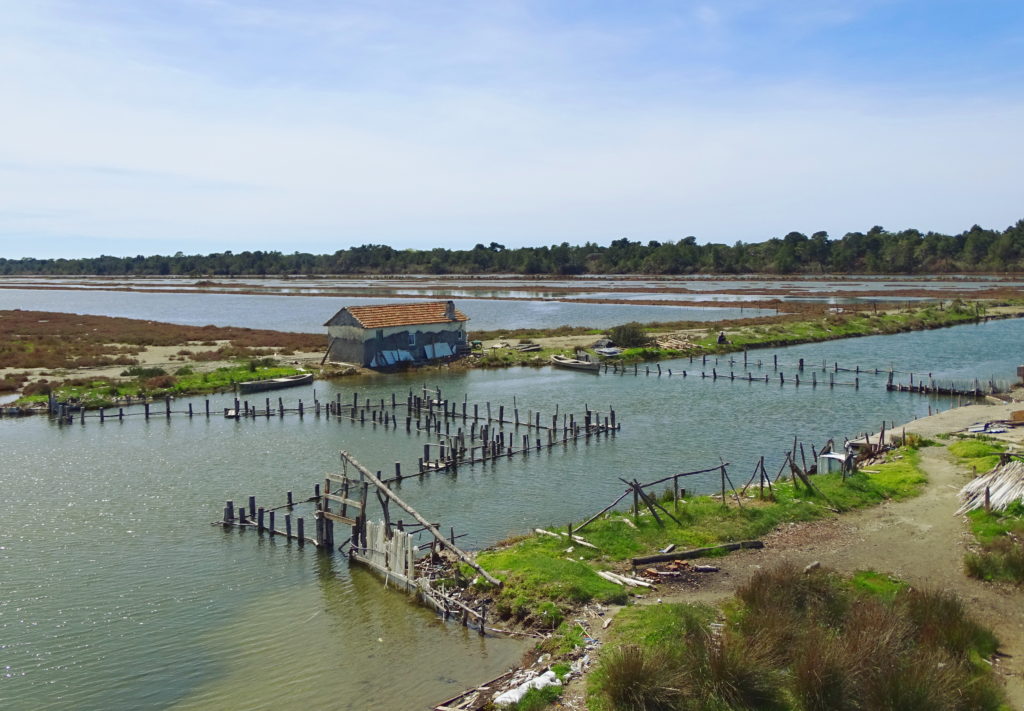
Although the local population is not involved actively in the conservation of the area, some environmental organisations fight for the conservation of the park collaborating with the Park Administration, and fight against national administrative and economic decisions, such as the building of a macro resort in the protected area.
The main aims of the visit were to appreciate the involvement of NGOs in the conservation and management of national areas and the relationships between Environmental Bodies, NGOs and Economic Sectors.
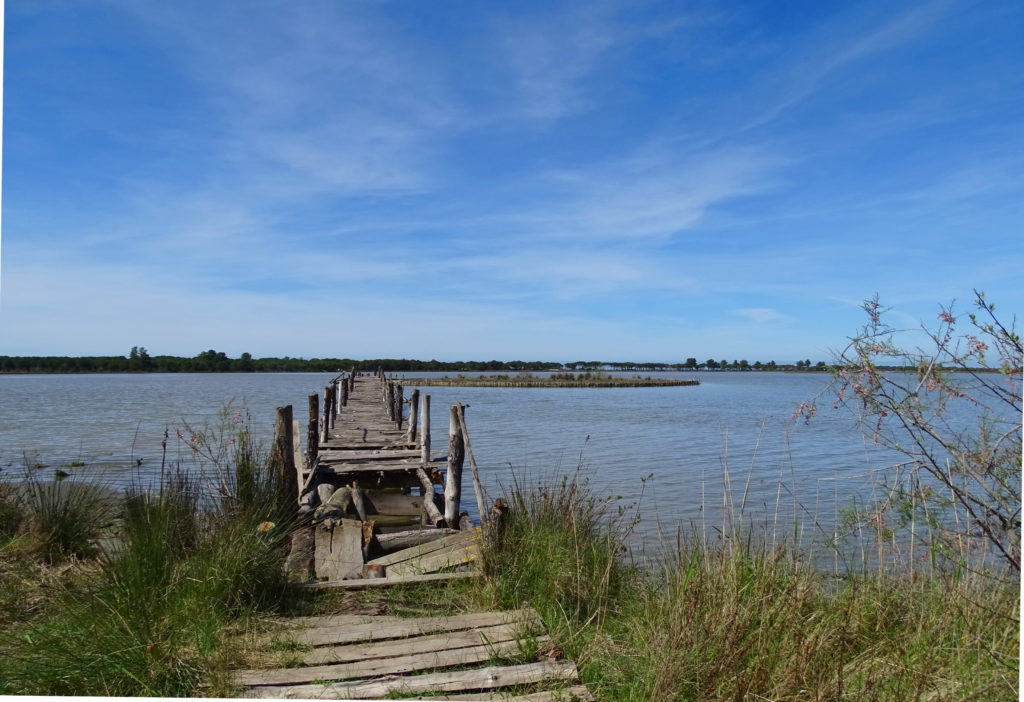
The Blackwater, Crouch, Roach and Colne Estuaries
The Blackwater, Crouch, Roach and Colne Estuaries is a low lying estuary that was designated due to its rare habitats and is located in Essex, United Kingdom. Some of the main problems they face are the high levels of land occupation along the river Thames, some pulses of water pollution due to the agricultural practices and the receding of the coastline and the estuary because of climate change effects. Currently, they have fishery management and a management plan for the restoration of the native oyster in the area is being developed, as well as a plan for habitat creation in order to restore the eroding salt marsh. Although they had problems with agricultural runoff in the past, this has been improved these days.
The society of the United Kingdom has a great tradition of associationism. Non-governmental associations have hundreds or thousands of members and volunteers that could urge different Administration to take measures to take care of Nature and improve it. Associations are even able to carry out diverse actions, such as the creation of private reserves or the restoration of habitats in an autonomous way without depending on governmental finance.
The main objectives of the visit were to get some information about people involvement, pollution control, and management and to establish some contacts to help to improve the management of eel fisheries and eel populations.
The French Mediterranean Coast
In the south French Mediterranean coast, several protected wetlands were selected to acquaint various cases studies, experiences and methodologies. These were included in the Réserve Naturelle Nationale du Bagnas, classified as National Natural Reserve and as Natura 2000, where the protection of the space should be balanced with the development of human activities; in the Parc Naturel Régional de la Narbonnaise en Méditerranée, one of the biggest Mediterranean protected spaces in France, water quality is monitored; or in the Parc Naturel Régional de Camargue, a large wetland named Biosphere Reserve by the UNESCO included in the Ramsar Convention, which hosts 7 Natura 2000 places.
The public organisation Conservatoire du Littoral is the owner of some coastal areas of the protected spaces, which predictably ensures the conservation of the area above private interests, and the management of these public areas is carried out by local communities, NGOs or mixed unions, involving people in the area.
The visit intends to discover the advantages and drawbacks of public ownership with participative management and to detect the conflict among different social groups activities and how they have been solved on a consensus basis.
Some measures that could be applied in the Mar Menor lagoon
After these visits, one of the main conclusions is that there are no magic recipes that could solve the problems and there is not a single model for the management of coastal wetlands worldwide, but it should accommodate to the specific necessities and the reality of the space and its surroundings. However, creating some common guidelines and conservation priorities is also essential. Some of the techniques and practices seen in different wetlands that could be implemented in the Mar Menor lagoon are:
- The protected spaces should have a management plan to set up the main criteria and conservation priorities of the space and the way to reach the defined objective, including a governance model. The management plan should be flexible and adaptive to the requirements and changes and be updated periodically. The lack of the plan or management criteria or the lack of adaptability would cause inefficiency in the management process. Currently, the Mar Menor lagoon has no management plan.
- Long-term vision to anticipate changes, such as coastal dynamics, ecosystems succession or climate change effects. Some coastal areas, such as La Manga sandbar, should be prepared for the rising of the sea level.
- Setting inclusive and participative governance models facilitating society involvement at an individual and a collective level.
- Land purchasing of priority spaces of those particularly threatened. Even though this requires a significant investment, the land purchase can facilitate the management, prevent future risks and save costs, which means the benefit surpasses the cost.
- Restoring spaces and decreasing the pressures on threatened areas through innovative actions, aimed to restore the natural functioning of the ecosystem. To have in-depth knowledge of the space, human and economic means is necessary, as well as a courageous attitude to face any opposition.
- Creating boat exclusion areas in order to facilitate the breeding of birds and to improve the status of the flora and seagrasses.
- Fishing management based on the breeding season. Currently, some studies are being carried out by ANSE in order to improve the knowledge of some endangered species as the eel, but some measures should be implemented by Sectoral Bodies.
- Creating spaces for enjoying the Nature with the aim of improving the sense of belonging and the marking with space.
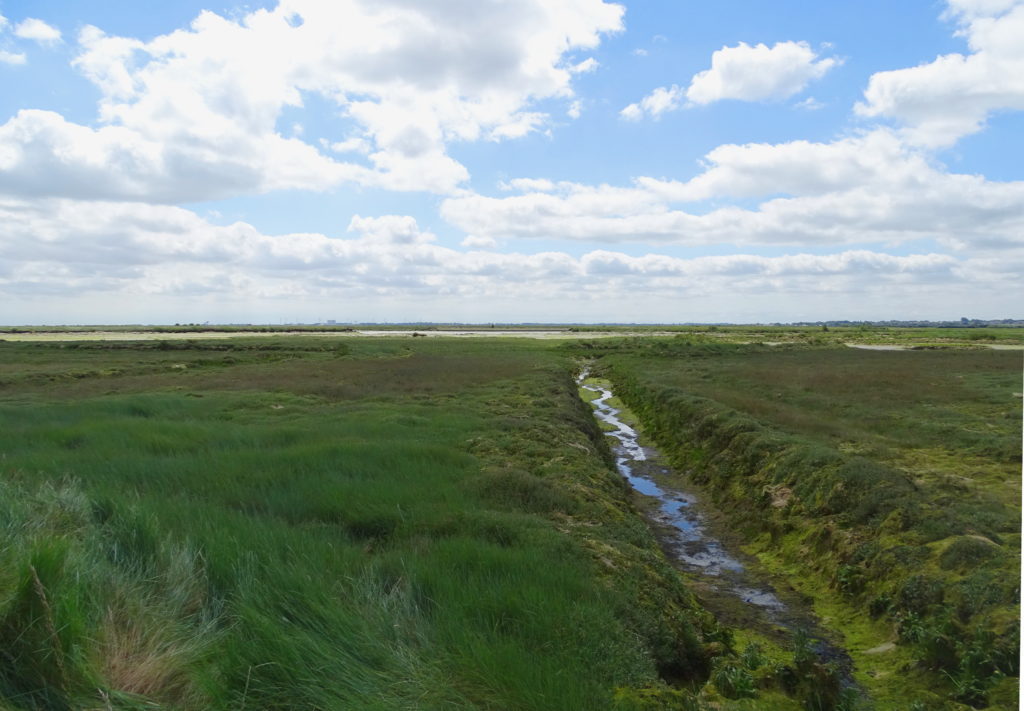
Some general measures and guidelines that could be carried out are:
- External control of the Administration by non-governmental entities that ensure suitable and impartial management, whose main objective is environmental conservation and its balance with the population equitable socioeconomic development. Therefore, it is essential that society acts as a control body, for which it must be motivated and be able to rely on bodies and systems of effective participation.
- The integrity of the natural areas and the ecosystem process should be assured as the only way to get long term conservation and management. The only way of preserving the Protected Spaces is taking into account the natural functioning and the unavoidable changes that will occur over the next decades.
- The deep knowledge of the space, its natural, cultural and socioeconomic reality lets adapt the management to the situation and improves the results. Exchanging good practices set up in other similar areas, intersectoral network building and knowledge are essential for assuring the ecosystem conservation.
- The nature-based solutions could be more efficient than the hard grey infrastructures, but they need better nature and natural process understanding in order to enhance the resilience of ecosystems and the provision of services. The implementation could increase the investment in, mainly, human resources, and the measures taken should be agreed to with the local population and other users.
- The effectiveness of the conservation also depends on the existence of strong institutions, which take agreed measures. Successful management of nature includes well organised cooperation of different institutions involved in nature conservation, enough and evidence-based information on biodiversity and natural process, and appropriate socioeconomic indicators and the courage to establish innovative long-term solutions.
Get to know the previous winners of the Alfred Toepfer Natural Heritage Scholarships and keep tuned, we will open a new call at the beginning of 2020.
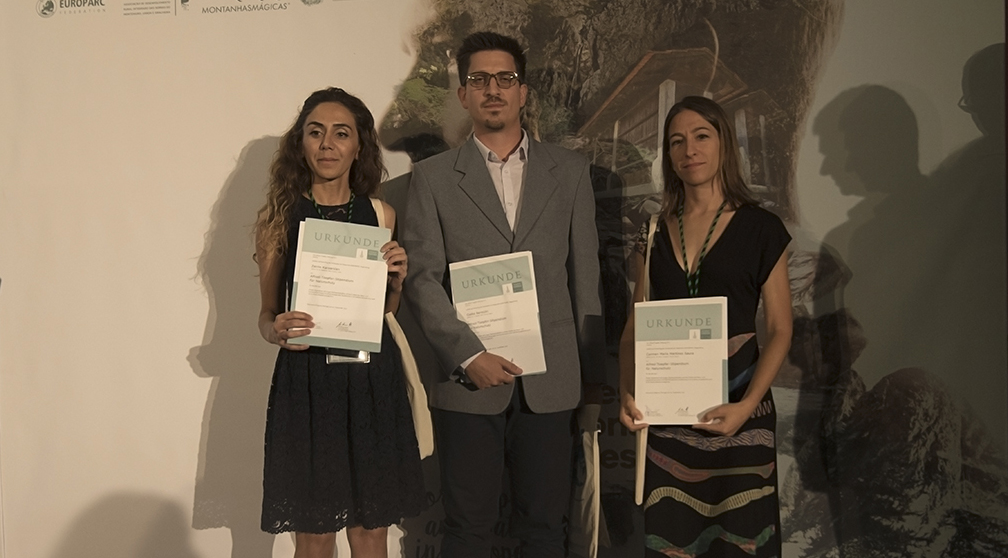
Alfred Toepfer Scholarship winners at EUROPARC Conference 2017, Sao Pedro do Sul, Portugal (winners: from left to right: Zerrin Karaarslan, Csaba Bereczki and Carmen Martínez) © Eduardo Realinho
“Mercantour and Alpi Marittime, the scenarios of A Sustainable Journey”
Mercantour and Alpi Maritimme – the scenarios of “A Sustainable Journey”.
It is well known that protected areas host some of the most stunning landscapes and natural values on earth because often these values are the cornerstones for its designation. That’s why it is not surprising that since the beginning of the cinematographic industry, parks have been the perfect scenery for the production of movies all over the world.
Yet, there is more than beautiful sights inside protected areas. Parks are also places where local communities co-exist with nature and we, as curious human beings, like to explore and experience their culture and delicacies, valuing their authenticity.
However, our visits can also create negative impacts on these communities and on the natural values that surround them, so it is important that we all learn how to make wiser decisions when traveling in order to guarantee the subsistence of the places and people we visit.
Promoting Sustainability with real examples from the Charter
At EUROPARC Federation, we chose this element as the leitmotif for the production of the recently awarded film “A Sustainable Journey”. This film was created as a communication tool within the project CEETO Interreg Central Europe with a single objective in mind: to raise awareness about the importance of sustainable tourism among travelers and local communities.
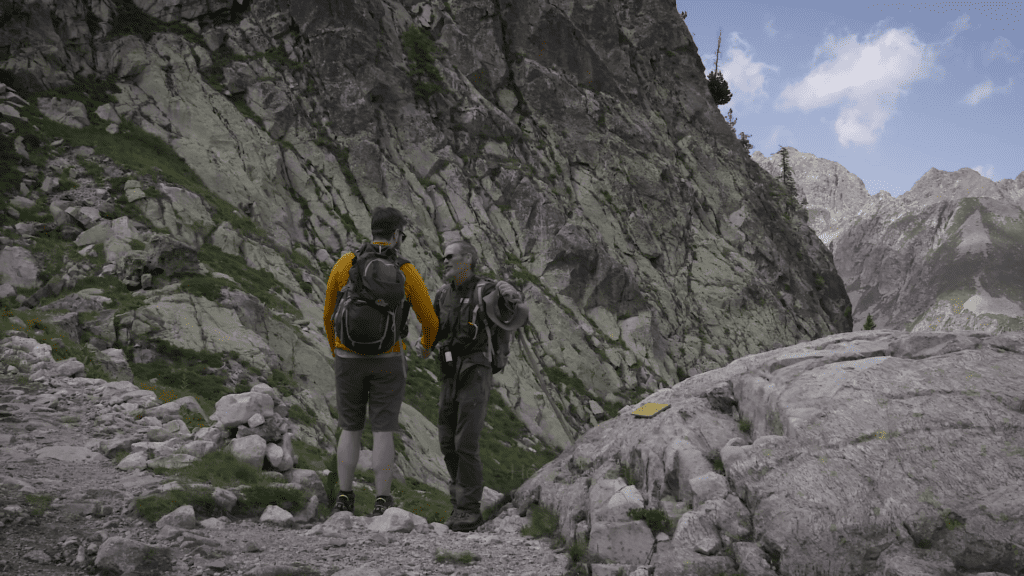
Snapshot of the movie, in Alpi Marittime
For its production, it was paramount to choose destinations adhered to the European Charter for Sustainable Tourism in Protected Areas, in which examples of sustainable development could be found and, at the same time, counted with locations and landscapes that would inspire the viewers and encourage them to reinforce their connection with nature. And those were the foremost reasons why we chose the Mercantour National Park in France and the Alpi Marittime Natural Park in Italy were selected as the scenarios for the production of “A Sustainable Journey”.
Mercantour National Park and Alpi Marittime Natural Park
On one hand, located in the south of France close from the French Riviera at the crossroads of multiple climatic, geological and altitudinal influences, the Mercantour National Park is home to an exceptional diversity of natural resources. This variety of landscapes, environments, and species have created a jewel of preserved nature, a land of resources for the men and women who live and work there. The Mercantour has struck a right balance between wilderness and human activity with the creation of the National Park in 1979. The Park is organised around a central area called the heart of the Park, protected and regulated, and by an area of partnership with the municipalities, in a constant concern for harmony between protection, knowledge and sustainable development.
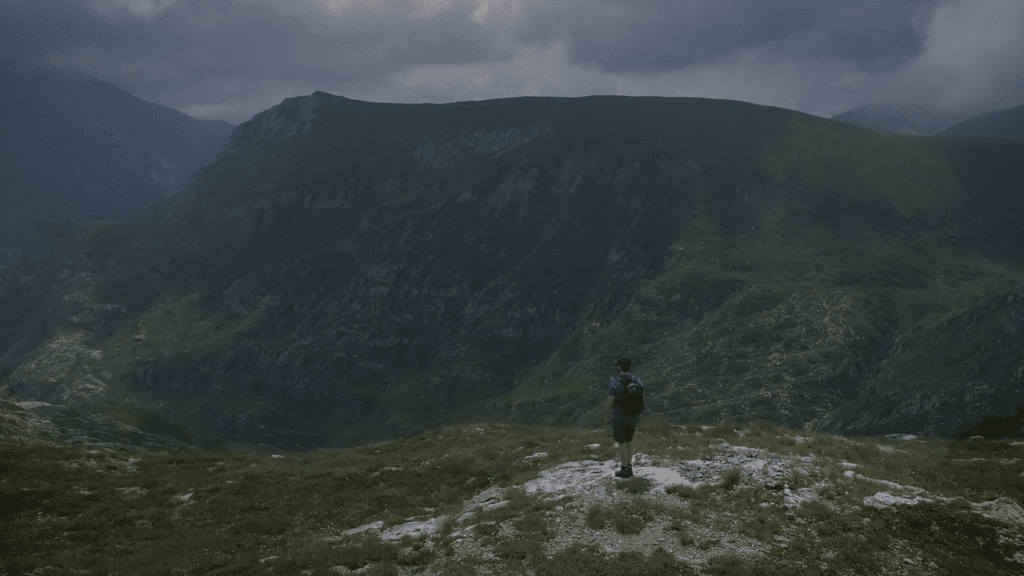
Parc national du Mercantour
Right at the other side of the border, in Italy, the mountains of the Alpi Marittime Natural Park raise until 3297m, the altitude of its highest peak Mont Argentera. Surrounded by very steep slopes, villages like Valdieri, Entracque, and Vernante host a small community of entrepreneurs that provide different services to the visitors, from outdoor sports to handcrafted cheese and beer. Many of these businesses are also certified sustainable businesses, adhered to the European Charter for Sustainable Tourism in Protected Areas and that develop their activity following procedures that are respectful with nature conservation at the same time they support the socio-economic development of their own community. Likewise, both the Mercantour National Park and Alpi Marittime Natural Park have been adhered to the European Charter for Sustainable Tourism in Protected Areas since 1999.
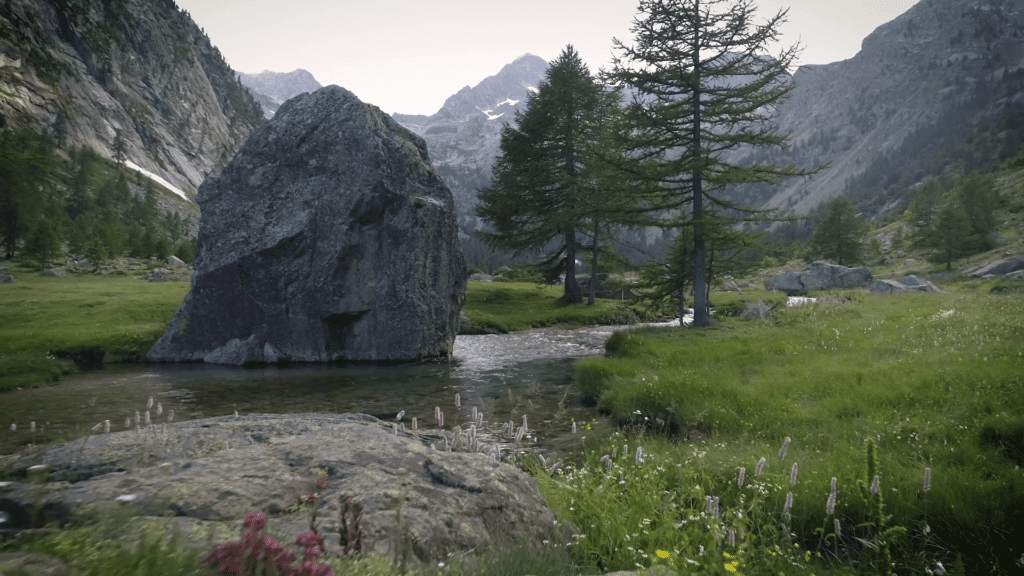
Parco Naturale Alpi Marittime
A Sustainable Journey
“A Sustainable Journey” portrays the story of a traveler seeking to escape the pressures of everyday life to a different kind of tourism that is good for nature and good for him too, and invites others to make a similar holiday choice. During the film, the traveler explores a different aspect of the area on foot and bicycle, experiences heritage and culture, natural places – wild and less wild – and local villages, shopping and partaking in local food and drink. Realising that he, through his choices can affect the local environment, culture, and economy. As a guest to these protected areas, he sees too that, these special places, are also places where people live, work, respect and look after.
The film was recently awarded the Terres de l´Ebre Award – Best movie promoting sustainability at Terres Travel Festival – Films & Creativity among more than a hundred audiovisual productions from 24 different countries. You can get further information by visiting “A Sustainable Journey – the Film” webpage at CEETO website, or watch the whole movie below:
Apart from English, the movie is available in French, German, Italian and Spanish language.
For related news, visit Mercantour National Park page!
European Day of Parks 2019: Our Natural Treasures
Our Natural Treasures
Our Protected Areas are made of amazing landscapes, incredible species and unique habitats. What are the Natural Treasures our parks are protecting? What is the story of the endangered species that live there?
In 2019, the European Days of Parks was a call to reconnect with nature, to highlight the natural treasures that make our Parks so special!
the Promotional video was available in English, German, French, Italian, Spanish, Portuguese, Croatian.
The outcomes of the European Day of Parks 2019
Hundreds of protected areas across Europe organised events in and around the 24th of May. The European day of Parks (EDoP) aims at bringing people closer to Nature by offering a diversity of activities and events in Protected Areas across the EUROPARC Network. The events addressed people of all ages: children, youngsters, young adults, families and seniors.
EDoP 2019_Report and media outreach
Promotion Tools in 33 languages
The official poster and web banners were created in 33 languages.
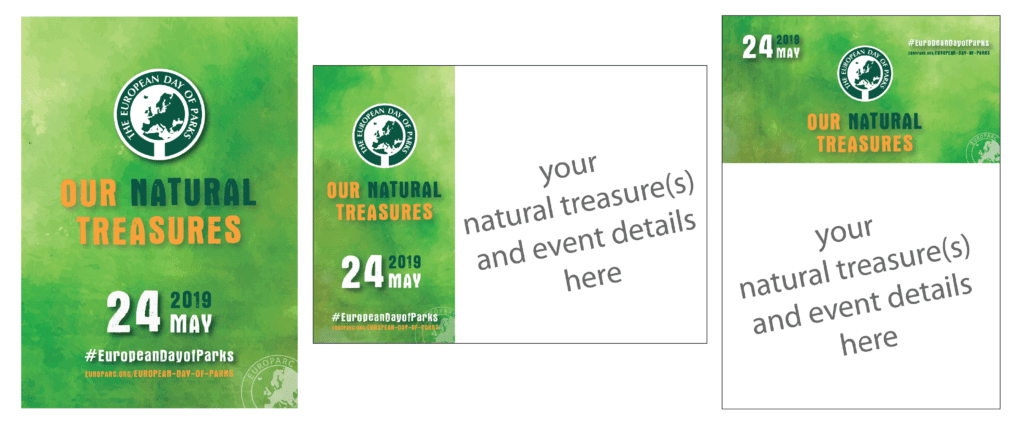
There are 3 printable posters available in your language! You can use the main one (on the left) or adapt one of the other versions.
Albanian | Armenian | Azerbaijani| Basque | Belarusian | Bosnian | Catalan | Croatian | Czech | Dutch | English | Estonian | French | Finnish | Galego | Georgian | German | Greek | Hungarian | Icelandic | Italian | Latvian | Lithuanian | Macedonian | Polish | Portuguese | Romanian | Serbian | Slovakian | Slovenian | Spanish | Swedish | Welsh
If you are not interested in using the official posters, you can also download the logo and use it in your activities.
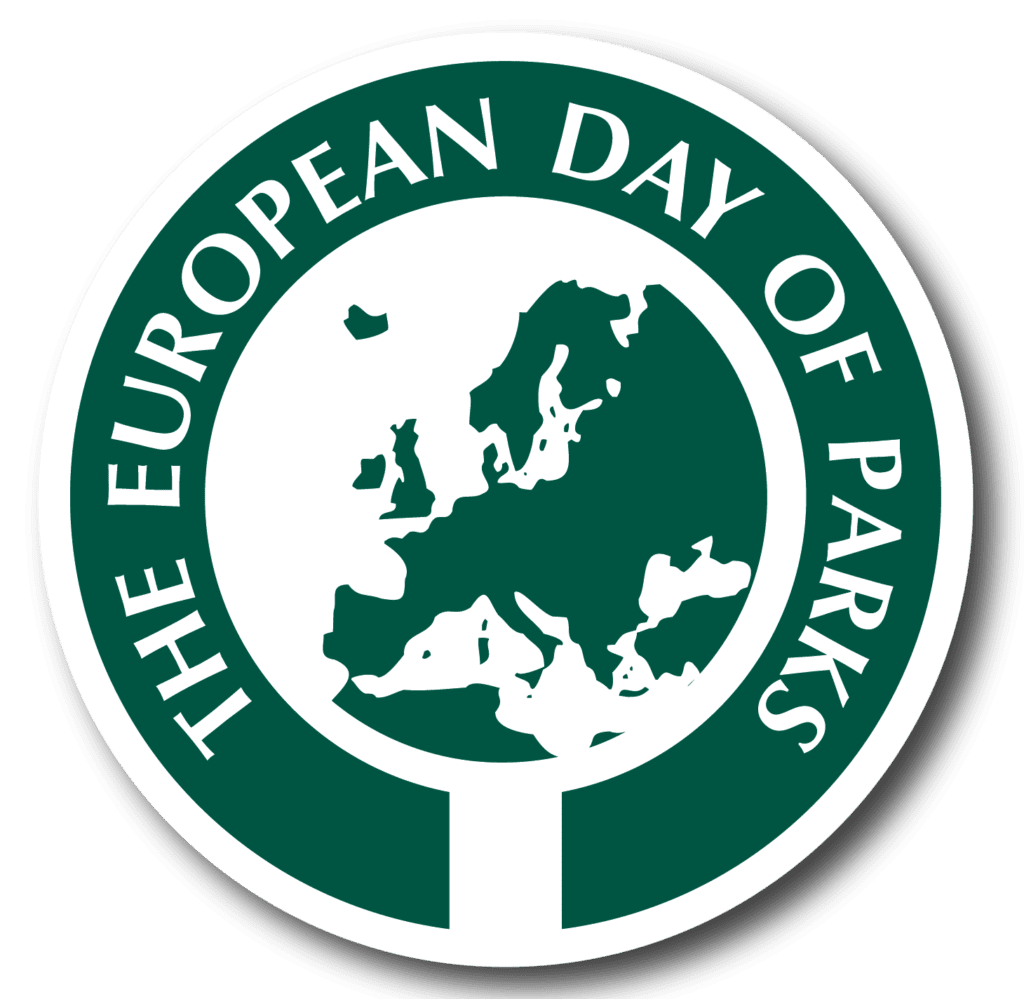
About the European Day of Parks
Imagine a day when all Parks and Protected Areas come together across Europe, celebrate their successes and declare the value and benefits of Europe’s Protected Areas to communities, decision-makers and the wider public. Well, it is EUROPARC’s European Day of Parks!
Every year European Day of Parks takes place on and around 24th of May. It aims to bring people closer to nature and raise public awareness on the importance of the natural beauty preserved in Protected Areas and the importance of conservation and sustainable management of those places.
Check here to see the previous editions.
